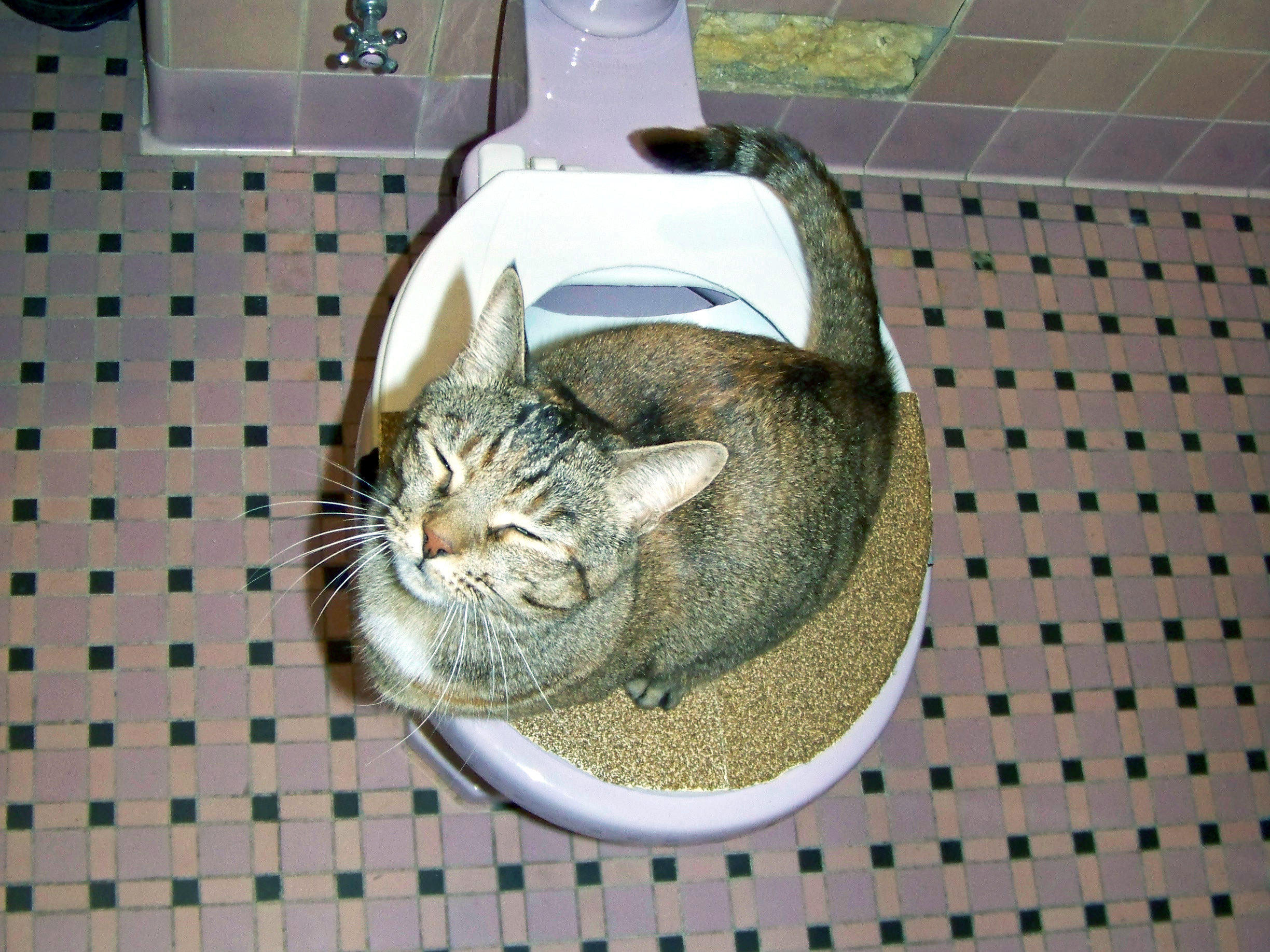We have come across this great article pertaining to Don’t flush cat feces down the toilet below on the net and accepted it made sense to write about it with you on this page.

Introduction
As cat proprietors, it's essential to be mindful of just how we throw away our feline friends' waste. While it may seem practical to flush feline poop down the commode, this practice can have harmful effects for both the environment and human health and wellness.
Alternatives to Flushing
The good news is, there are much safer and extra liable ways to throw away feline poop. Take into consideration the adhering to alternatives:
1. Scoop and Dispose in Trash
The most typical technique of dealing with feline poop is to scoop it into an eco-friendly bag and throw it in the garbage. Be sure to use a devoted clutter scoop and get rid of the waste without delay.
2. Usage Biodegradable Litter
Select naturally degradable cat clutter made from materials such as corn or wheat. These litters are eco-friendly and can be securely thrown away in the trash.
3. Bury in the Yard
If you have a backyard, consider hiding cat waste in an assigned location far from veggie yards and water resources. Make sure to dig deep adequate to stop contamination of groundwater.
4. Mount a Pet Waste Disposal System
Buy a pet dog garbage disposal system especially created for feline waste. These systems utilize enzymes to break down the waste, decreasing odor and ecological effect.
Health and wellness Risks
In addition to ecological worries, flushing cat waste can additionally position health threats to people. Cat feces may include Toxoplasma gondii, a parasite that can create toxoplasmosis-- a possibly extreme ailment, specifically for expectant ladies and individuals with damaged body immune systems.
Environmental Impact
Flushing pet cat poop introduces hazardous virus and parasites into the water supply, posturing a significant danger to water ecological communities. These impurities can negatively influence marine life and compromise water quality.
Final thought
Accountable pet dog ownership extends beyond providing food and sanctuary-- it also entails appropriate waste monitoring. By refraining from flushing feline poop down the commode and opting for alternative disposal methods, we can reduce our environmental footprint and protect human health.
Why Can’t I Flush Cat Poop?
It Spreads a Parasite
Cats are frequently infected with a parasite called toxoplasma gondii. The parasite causes an infection called toxoplasmosis. It is usually harmless to cats. The parasite only uses cat poop as a host for its eggs. Otherwise, the cat’s immune system usually keeps the infection at low enough levels to maintain its own health. But it does not stop the develop of eggs. These eggs are tiny and surprisingly tough. They may survive for a year before they begin to grow. But that’s the problem.
Our wastewater system is not designed to deal with toxoplasmosis eggs. Instead, most eggs will flush from your toilet into sewers and wastewater management plants. After the sewage is treated for many other harmful things in it, it is typically released into local rivers, lakes, or oceans. Here, the toxoplasmosis eggs can find new hosts, including starfish, crabs, otters, and many other wildlife. For many, this is a significant risk to their health. Toxoplasmosis can also end up infecting water sources that are important for agriculture, which means our deer, pigs, and sheep can get infected too.
Is There Risk to Humans?
There can be a risk to human life from flushing cat poop down the toilet. If you do so, the parasites from your cat’s poop can end up in shellfish, game animals, or livestock. If this meat is then served raw or undercooked, the people who eat it can get sick.
In fact, according to the CDC, 40 million people in the United States are infected with toxoplasma gondii. They get it from exposure to infected seafood, or from some kind of cat poop contamination, like drinking from a stream that is contaminated or touching anything that has come into contact with cat poop. That includes just cleaning a cat litter box.
Most people who get infected with these parasites will not develop any symptoms. However, for pregnant women or for those with compromised immune systems, the parasite can cause severe health problems.
How to Handle Cat Poop
The best way to handle cat poop is actually to clean the box more often. The eggs that the parasite sheds will not become active until one to five days after the cat poops. That means that if you clean daily, you’re much less likely to come into direct contact with infectious eggs.
That said, always dispose of cat poop in the garbage and not down the toilet. Wash your hands before and after you clean the litter box, and bring the bag of poop right outside to your garbage bins.
https://trenchlesssolutionsusa.com/why-cant-i-flush-cat-poop/

We were shown that report about How to Dispose of Cat Poop and Litter Without Plastic Bags from a good friend on another web page. In case you liked our blog posting plz don't forget to share it. I recognize the value of reading our article about Can You Flush Cat Poop Down The Toilet?.
Show Details